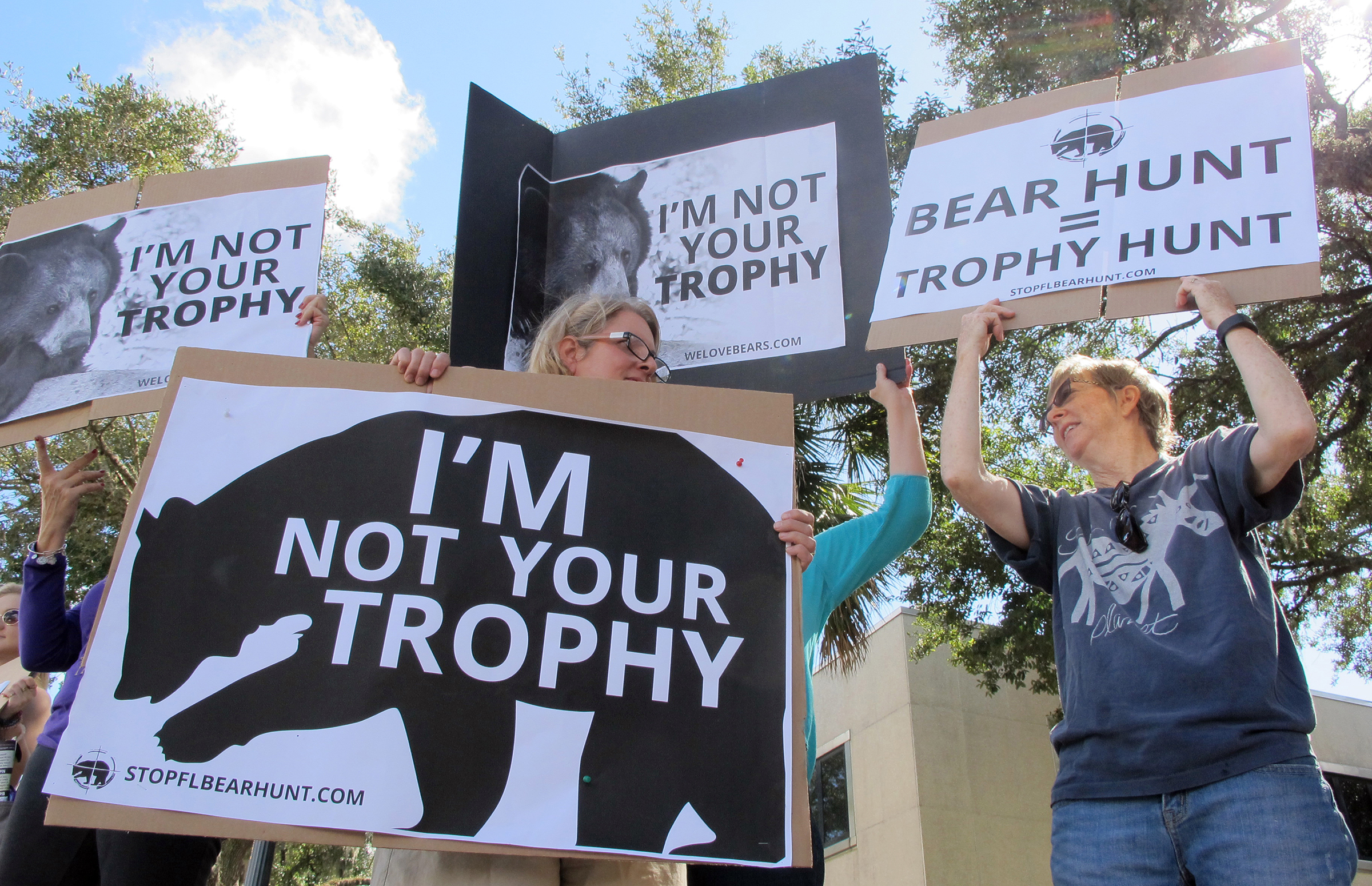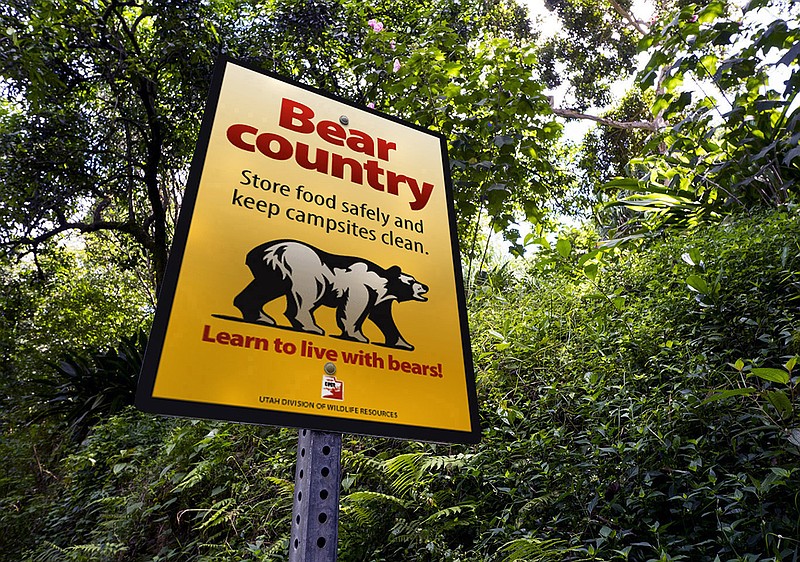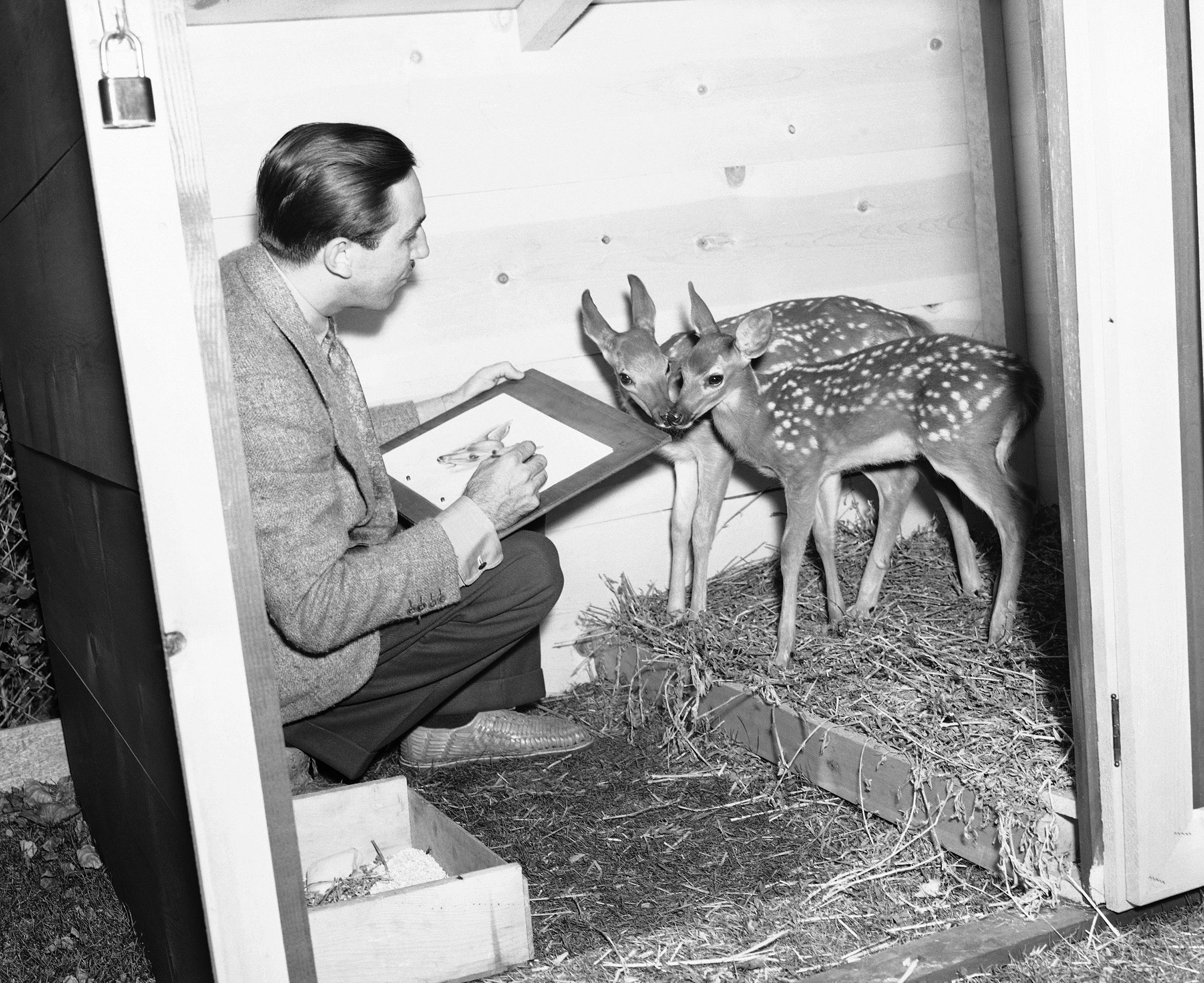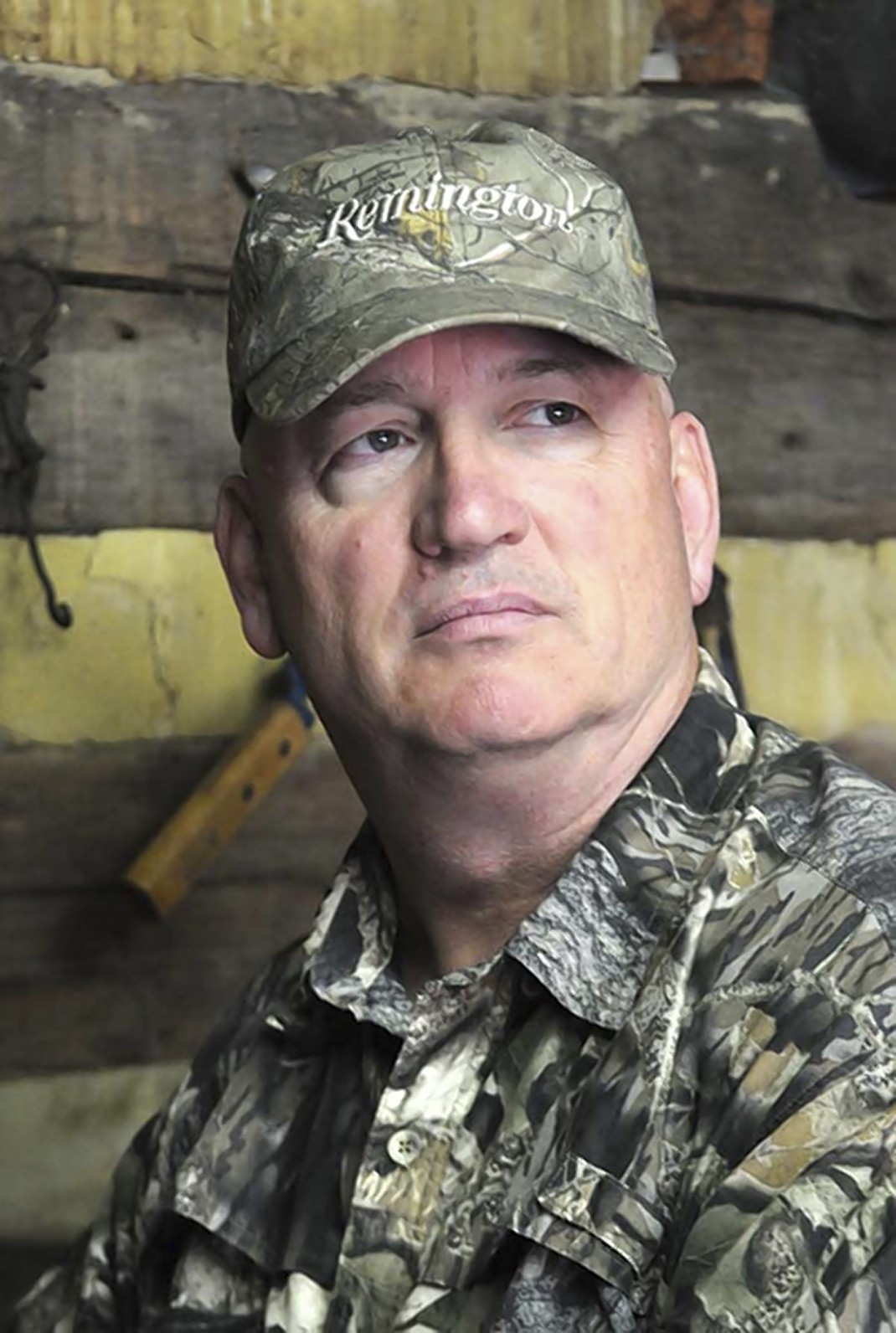Having spent about 36 years in the trenches as a conservation officer/natural resources police officer, I had a little experience with how animals and humans get along, and it was a constant amazement to me how the general public perceived wild animals in the natural world.
Let's just say I think many people have a less than realistic view of what goes on in nature. This warped outlook affects how we view wild animals and how we manage them on everything from hunting seasons to problem predators to public land.
Sometime back, I wrote a little piece on the Disney character Bambi and how that movie has affected whole generations as to how they see wild animals and hunting. It didn't do hunters any favors.
In the 1942 animated film produced by Walt Disney, there was lots of beauty and wonder, plenty of giggles for the kids and cuteness by the truckload. I saw it as a kid, and I am betting most of you reading this did, too.
For many of us, it may have been the first time we saw animals depicted with human characteristics and voices. If you are 6 years old and see "Bambi" for the first time, you come out of that movie believing forest chums like Thumper the rabbit, Flower the skunk and a wise old owl get together and have fun times, and for little kids, that is OK.
You also come out of the movie thinking hunters are absolutely the bad guys.
Cuteness overload
As humans, we are suckers for anything cute. Who doesn't like little puppies? It has been reported that when work began on "Bambi," Walt Disney wanted the deer drawn true to life. Two fawn carcasses were shipped in and dissected for the artists so they could depict the structure of the animal realistically. The original drawings for the character were said to be very realistic, but there was a problem: They weren't cute enough to tug at the heart of the public.
The artists went back to the drawing board and came back with a much cuter version of Bambi with a now famous process for drawing characters we will automatically be attracted to: The head is enlarged, and the eyes are drawn much bigger than on real animals. Bambi's nose was also shortened to give the babyface look sure to draw in the public. Again, we humans cannot resist this look.
Bambi syndrome has been very well documented down through the years as it has fed the antihunting movement. Even before the film was released, Ray Brown, who was the editor of Outdoor Life magazine, sent a telegram to Disney pointing out how unrealistic the film was and bemoaning the terrible way sportsmen were depicted. One year after Bambi was released, wildlife conservation icon Aldo Leopold called for a doe season in Wisconsin to reduce an out-of-control deer herd. The season was canceled because of public outcry; many believed it was a result of the movie.
Now we have multiple generations who have been exposed to Bambi, and many will admit the film helped shape their views on hunting and so-called animal rights, most notably perhaps former Beatle Paul McCartney. This is a very complex issue, and I am not saying everyone who saw Bambi went on to become antihunting, but there is no doubt incidents that have a profound effect may stay with us for the rest of our lives. When you are 6 years old and witness Bambi's mother getting killed, you are going to remember it for a while.
The base problem here, folks, is that Bambi is not real. Many of us want it to be, but it simply is not. Deer and rabbits and skunks don't talk to each other, and if a doe deer is killed, the buck does not help raise a fawn. That is just the way nature is.
Another root of all this is that the farther our public gets away from wildlife, the less they understand it. Boys and girls, I am here to tell you that most of our public have become far removed from wildlife and understand very little about it. Hunter numbers continue to decrease, and in general those who do not hunt know less about wildlife and conservation. I am afraid many of us don't know a house cat from a wolverine these days.
Bears with us
This distorted thinking leads to another phenomenon we see a lot of today. Even though I try to keep track of this, I have lost count of the number of bear attacks around the country this year alone. There have been fatal and nonfatal attacks in the western states and up in Alaska, as well as over the border in Canada. These attacks have involved grizzlies as well as black bears. That's right, black bears.
I think many of us in the Southeast get used to what has become a burgeoning population of black bears in some areas. We see them on back roads and walking in town, so we get used to them and maybe think of them as we would a deer or a rabbit in the backyard, but they are not. The plain truth is the black bear is a predator, and sooner or later a bear is going to do what bears do: eat other animals.
 AP photo by Jason H. Dearen / Protesters opposed to bear hunting in Florida demonstrate in downtown Gainesville on Oct. 23, 2015. The protest was in response to a state-approved bear hunt in which more than 3,200 permits were granted for a hunt that was to last a week or until 320 bears were killed.
AP photo by Jason H. Dearen / Protesters opposed to bear hunting in Florida demonstrate in downtown Gainesville on Oct. 23, 2015. The protest was in response to a state-approved bear hunt in which more than 3,200 permits were granted for a hunt that was to last a week or until 320 bears were killed.When bears attack humans and the local game departments deal with the event, which usually entails sending the offending bear to bear heaven (or wherever bears go), the reaction is always amazing to me. First, the department handling the attack will state that bear attacks are very rare; I just keep wondering how many attacks must occur before they are NOT rare. Next, there will be a flood of comments on the Book of Faces (the fount of all knowledge in the modern world) going on about how it is a crying shame the bear had to be killed. Ready for the most popular entries? "We are in the bears' home," "It's their home, not ours" and "There are too many people, not too many bears."
My point is we are in a time when a lot of people profess to be more concerned about animals than people. For some reason, these people do not hold human life very dear, but they say the life of a bear or a deer or a wolf must be protected at all costs. Friends, I dare say that in my time I did more to protect wild animals than any of these people can fathom. I lived it, it was my life, and I took it seriously, maybe too seriously sometimes.
But when it came to deciding between an animal and the safety of the public, as it did with bears occasionally, I was there to administer hot lead to take care of the problem. Now some folks will not like hearing that, and I will probably get some less than flattering emails commenting on my parentage and IQ scores. It's OK - I kind of enjoy it, and it only goes to prove my point.
I don't for a minute expect all of you to agree with me about all I say here. I just think if we have these little talks from time to time, some of you will get a better grasp on things in the wild. Skunks don't really pick flowers, you know.
"The Trail Less Traveled" is written by Larry Case, who lives in Fayette County, W.Va. You can write to him at larryocase3@gmail.com.


